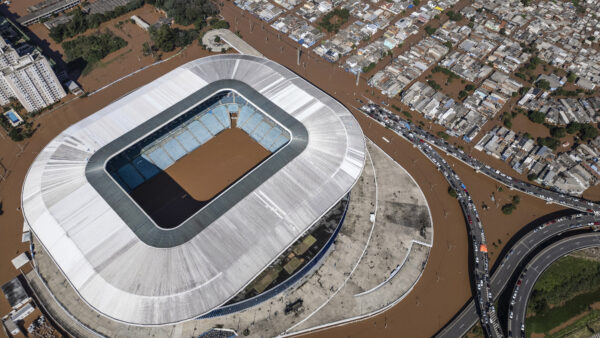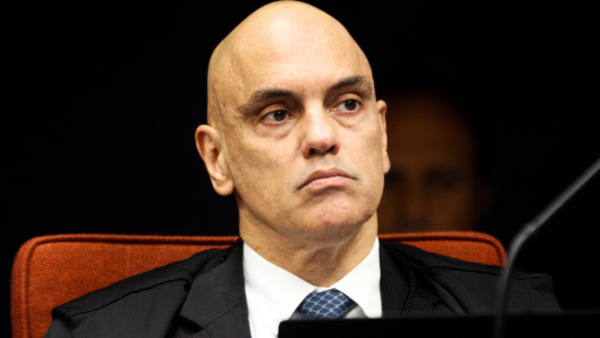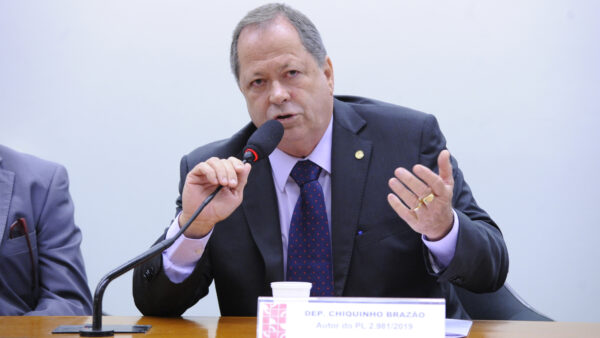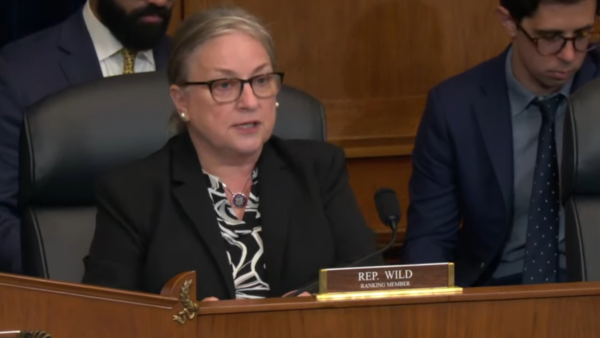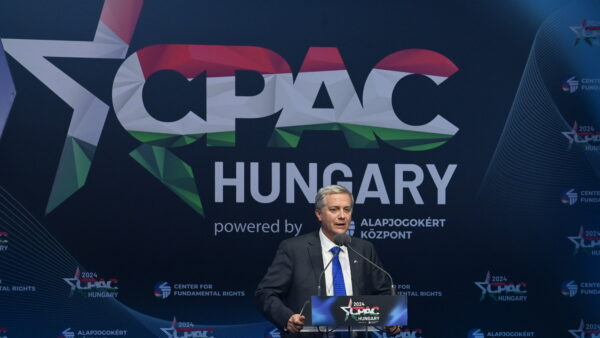Camilo Santana, a former governor of the northeastern state of Ceará, took office as Brazil’s new education minister this week. Upon formally accepting his new post, he mentioned a sense of urgency to allow the “recovery” of the country’s educational framework, accusing the prior administration of “ravaging” Brazilian education.
Indeed, during the Jair Bolsonaro government, the Education Ministry was at the center of scandal and controversy due to budget cuts, ideological moves, and corruption allegations.
His prior experience in Ceará was a major selling point for Mr. Santana getting the cabinet seat. The northeastern state is known for having what is arguably Brazil’s most successful education model, achieving some of the country’s most impressive results.
Despite having only the 17th-highest human development index among Brazil’s 27 states, Ceará ranked third in the basic education development index (Ideb) among early elementary students in public schools — and first for the late elementary stage. These two periods span from early childhood to 14 years of age, on average.
Of the 100 best Brazilian public schools for the early years of elementary education, 87 are located in Ceará.
Last year, a study highlighted that Ceará has 18 municipalities among the 20 best-scoring on Brazil’s Ioeb education opportunities index. The state’s cities of Sobral and Cruz were tied for first place in the national ranking.
“Ceará is an important example of how to overcome adverse socioeconomic conditions to substantially improve education results, by way of the efficient use of resources,” reads a World Bank report from 2020. “Ceará’s municipalities are highly efficient in their use of funds to generate results in education, as they invest less than one-third of what the richest Brazilian states do, and even so, they achieve better results.”
In a clear push to replicate the Ceará model on a Brazilian scale, Mr. Santana has invited former officials from his home state to work under him at the Education Ministry. His deputy minister will be Izolda Cela, Ceará’s former education secretary who also put in a brief spell as state governor last year. Fernanda...

 Search
Search
